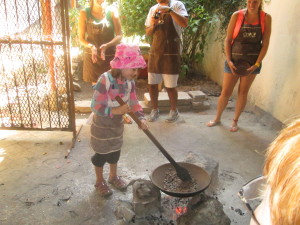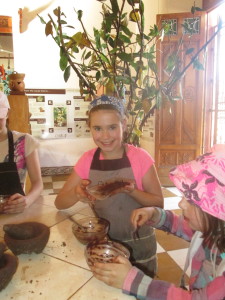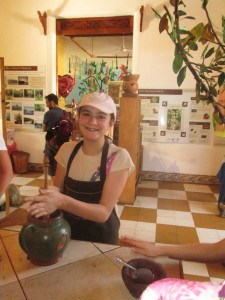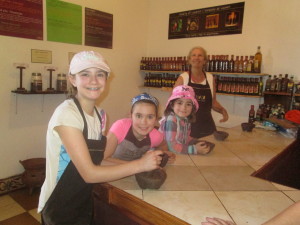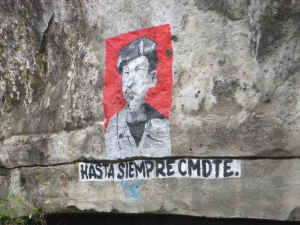
The rock walls had several political paintings. This was an active area for the Sandinista rebellion and there are still strong loyalties.
Yesterday was Sunday, when we traditionally have a choice between a guided hike and a horseback ride. Nadia and Lanie really wanted to ride again, so Bob took the hit and went with them while Zoe and I went on the hike.
We weren’t sure exactly what it would entail, but we met up with our guides (and a translator from La Mariposa) and headed a couple of villages over. We found ourselves walking down a steep track that had been blasted out of the sheer rock that rose on our right, with a steep drop into a valley on our left. It turned out that we descending inside one of the (inactive) craters of the Volcan Masaya. (We learned that it has seven craters, only one of which is active. That’s the one we see smoking in the distance whenever we drive or walk anywhere.) In the distance was a beautiful lake, the Laguna Masaya.
Eventually we came to a sign saying we were entering the Volcan Masaya National Park. Not exactly like what you’d see at a US National Park — there was no entrance kiosk, no rangers, no parking lot — just a dusty track continuing down the trail. It wasn’t totally clear what the boundaries of the park were, but even after we passed the sign we saw a man tending bulls, pockets of agriculture, a tiny two-room school (that holds the village’s 14 children) and the ruins of an old house near the lakeshore (that had apparently been built by someone who was president of Nicaragua for three days). There were no other tourists that we could see, just a few Nicaraguans working, fishing, or doing their laundry. (We’ll be visiting the more-touristed Santiago crater for a night hike tomorrow.)
After this the short-lived president’s mysterious departure, the house was bought by a German who lived there until the 90s. He set up a zoo on the premises. We saw the remains of a large round enclosure
near the lake, and were told that it used to hold his crocodiles. However, one day in the rainy season the lake flooded, and you can guess what happened. And so to this day, there is a small colony of crocodiles that lives in the lake.
We were also brought, in groups of five, into the “bat house” — the crumbling remains of the oldest house in the village, which now houses a colony of bats. They were flying around much more than I expected, but luckily none of them came too close. (Many of you have heard my traumatic bat-in-the-bedroom story and I’m still not fully recovered.)
We walked a fair way around the lakeshore, with our guides pointing out various birds, trees, and other natural features. It was incredibly beautiful, though sadly rimmed with trash. Trash is a big problem here. Much of it is burned, but you see it everywhere. The city of Masaya is on the far side of the lake, and when Zoe and I were there we saw drainage canals (dry at this time of year) full of trash. When the rains come, it will all be washed into the laguna. So this was not a place for swimming (though we did see a couple of Nicaraguans in it).
This afternoon we split up again. Bob walked up the steep hill to the village of La Concha to try to catch a baseball game. The rest of us worked on schoolwork and then treated ourselves to ice cream in the village of San Juan (downhill). We also got some more candy for the final pinata, which we dispatched (unfortunately without the festive music) when we got back.
Bob and I spent some time post-dinner down on the terrace having a drink with several of the other guests, in honor of our friend Sekar from San Francisco who’s leaving tomorrow (but were still in bed by 9:30). Back to class tomorrow morning!
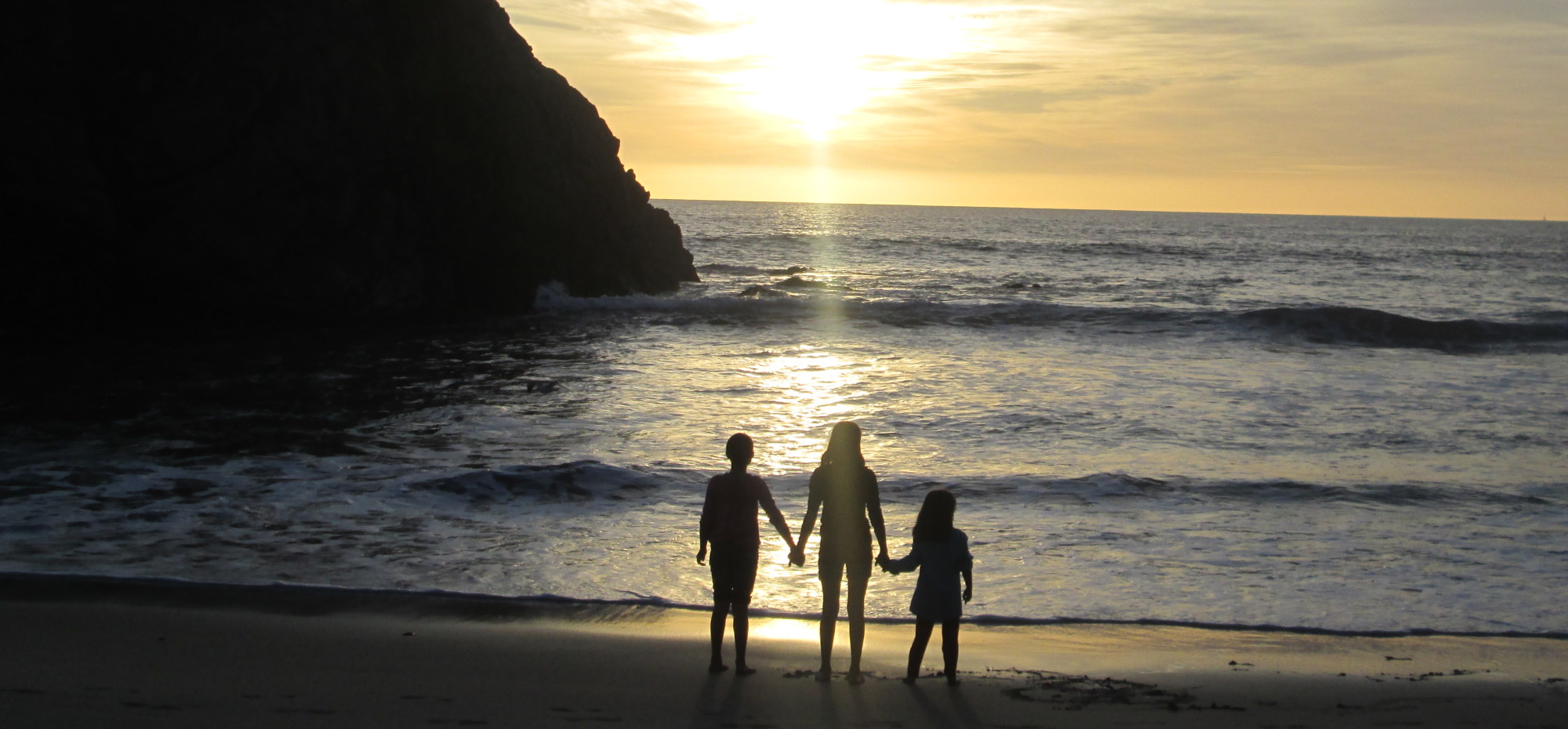
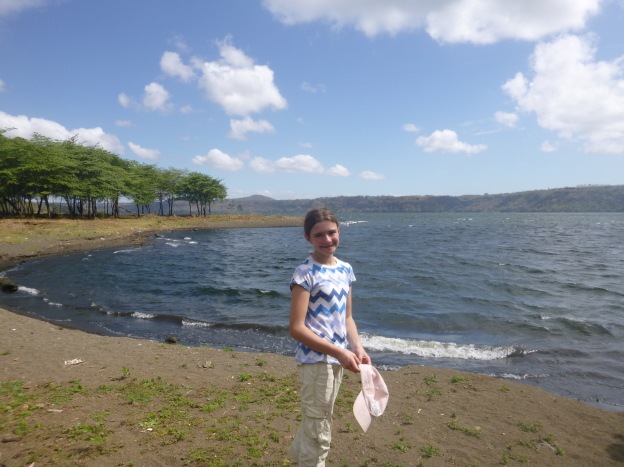
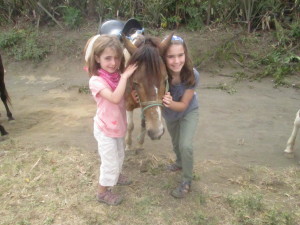
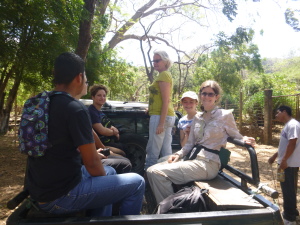
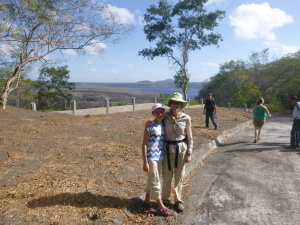
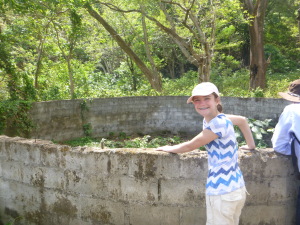
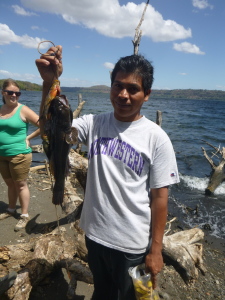
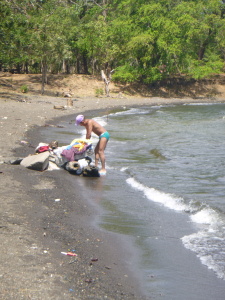
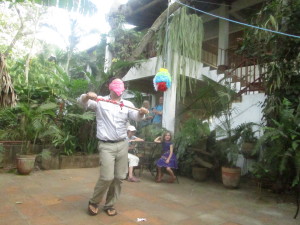
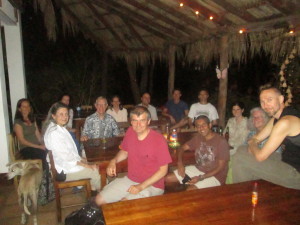
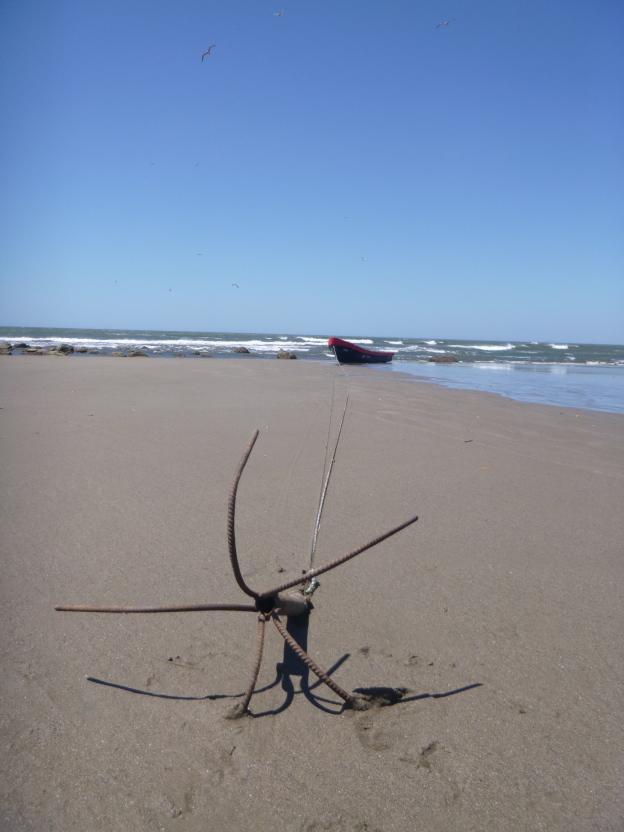
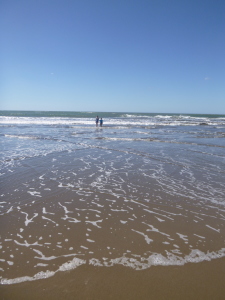
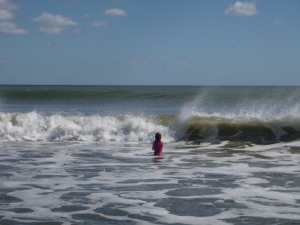
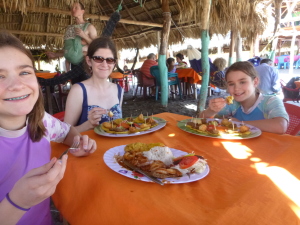
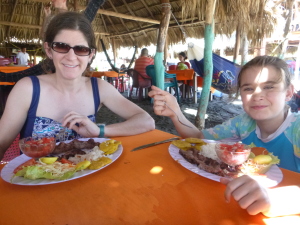
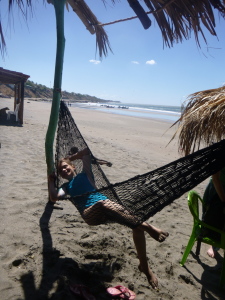
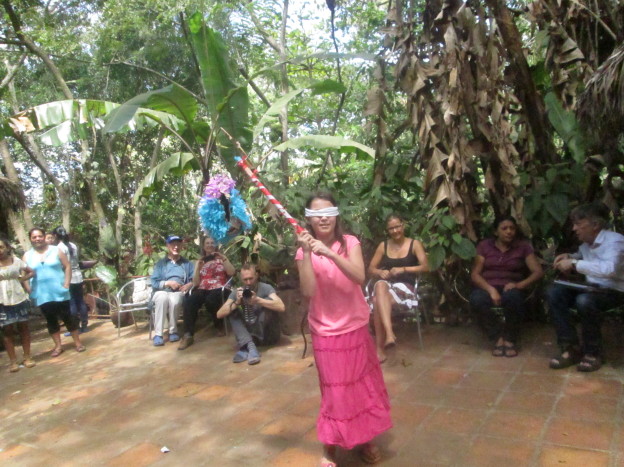
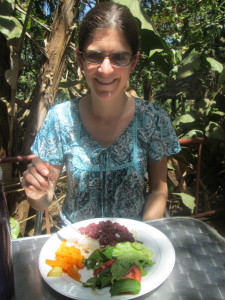
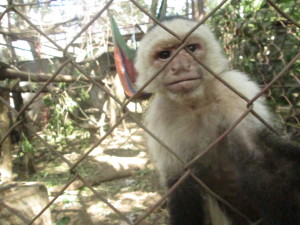
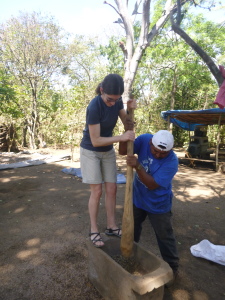
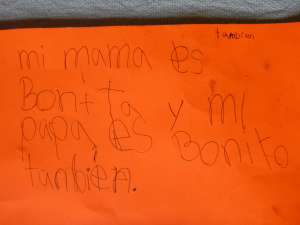
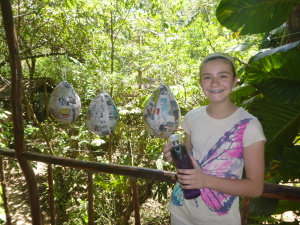
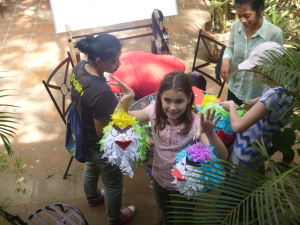
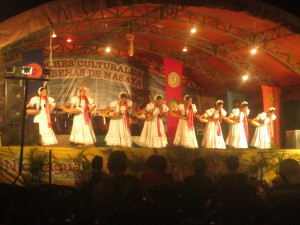
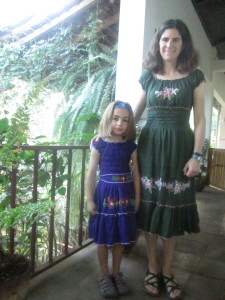
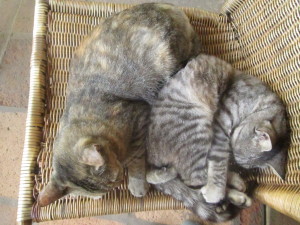
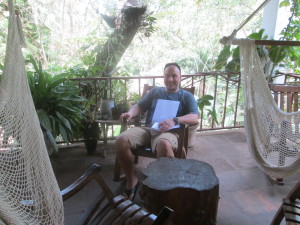
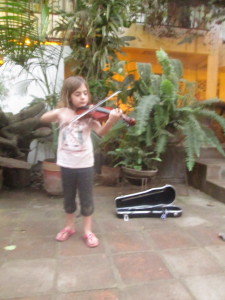
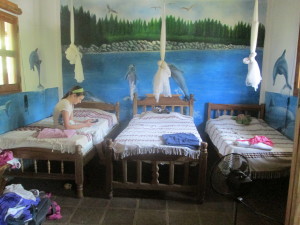
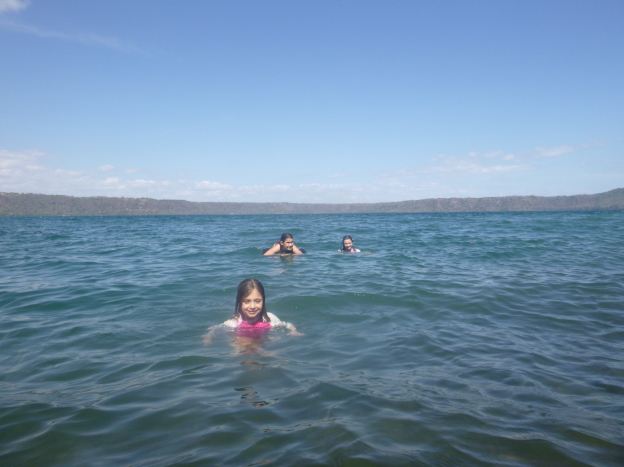
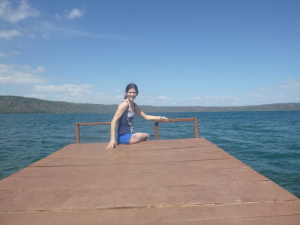
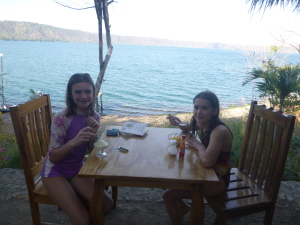
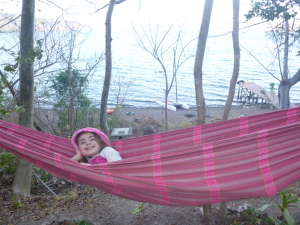

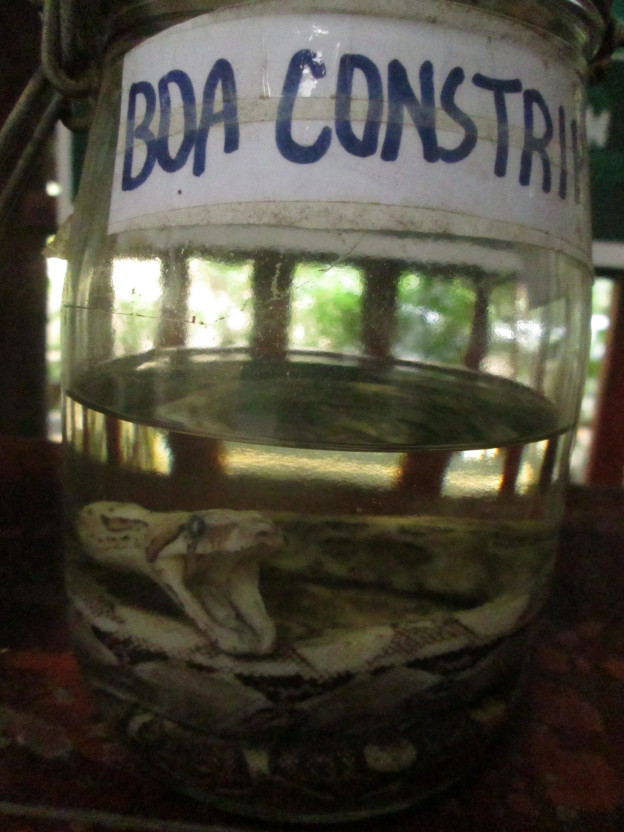
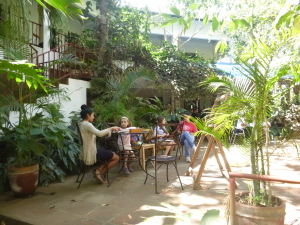
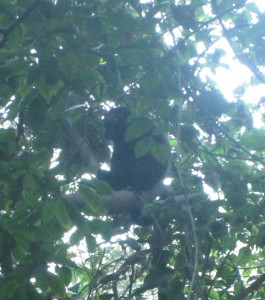
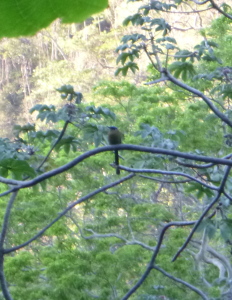
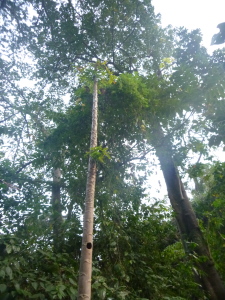
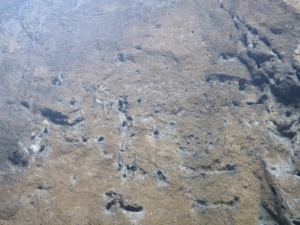
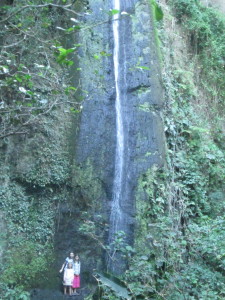
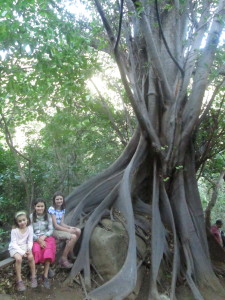
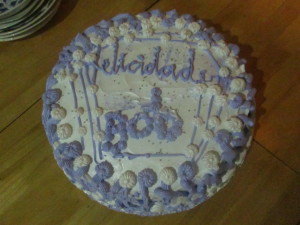
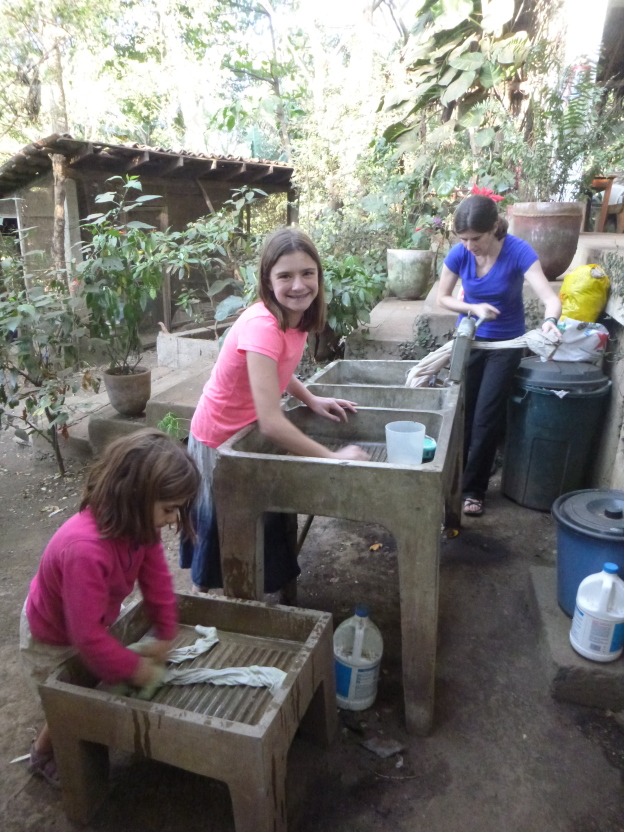
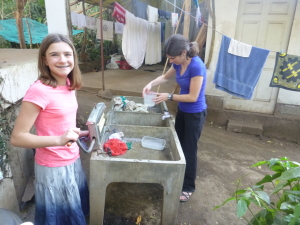
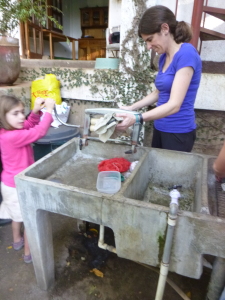
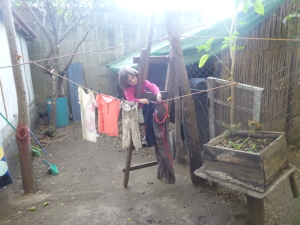
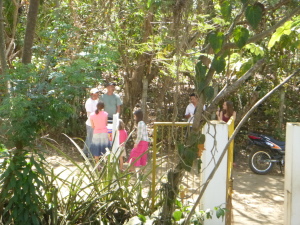
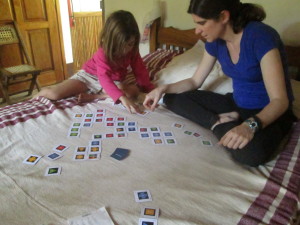
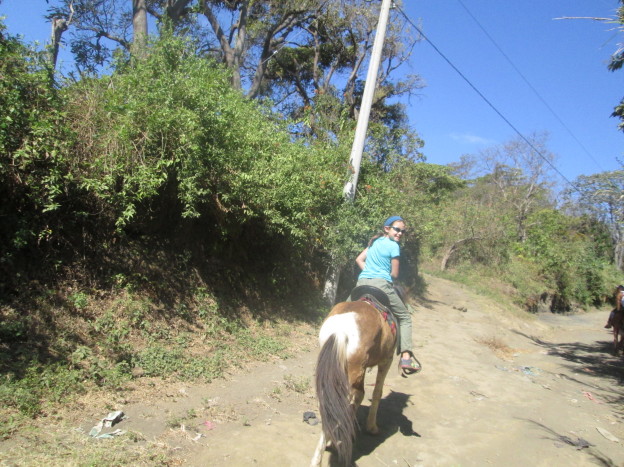
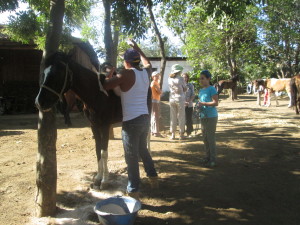
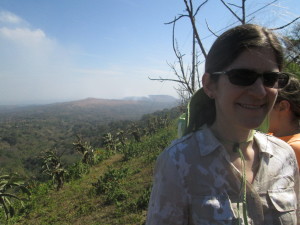
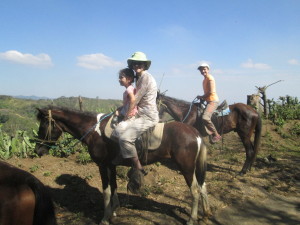
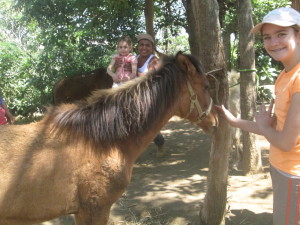
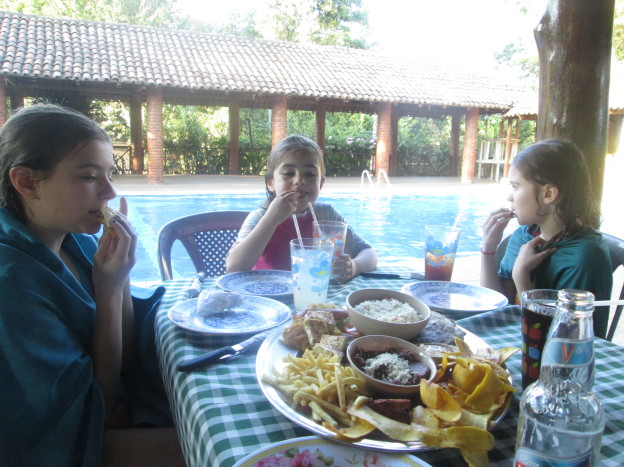
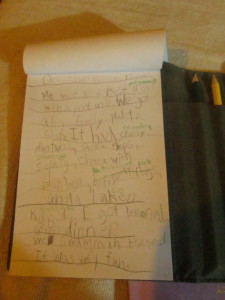
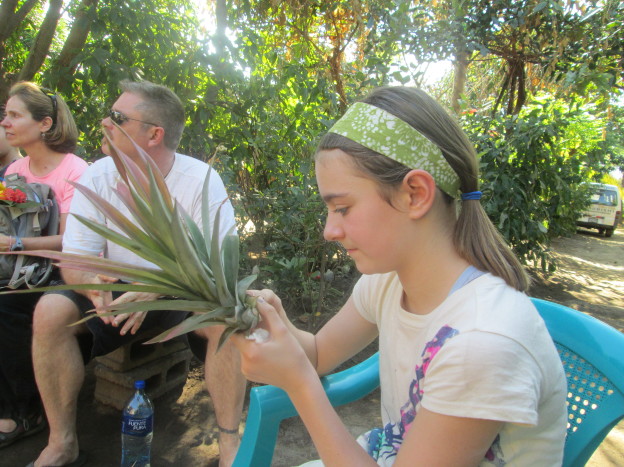
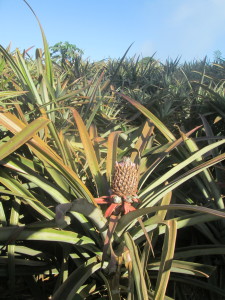
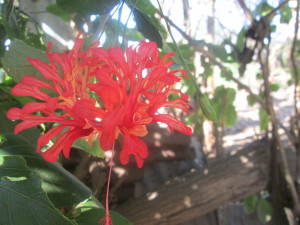
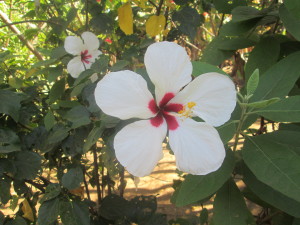
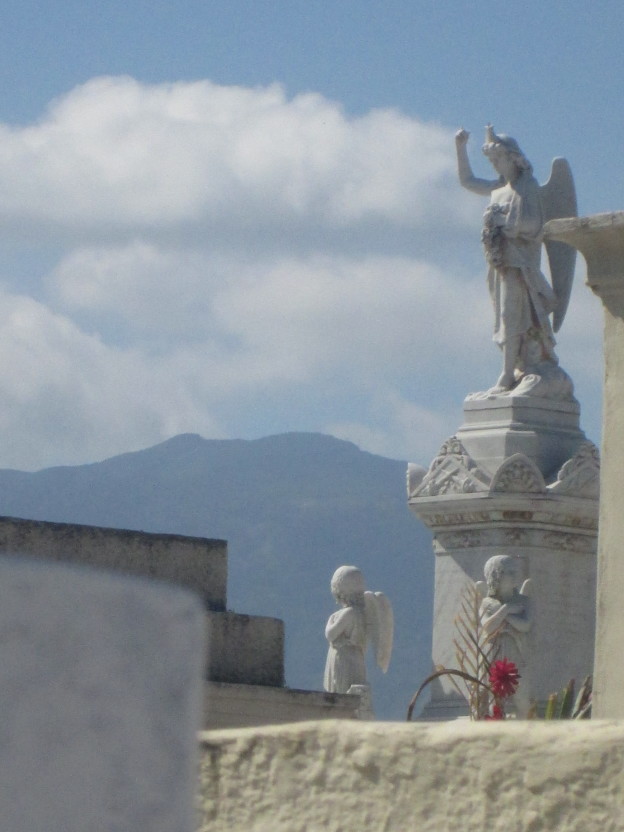
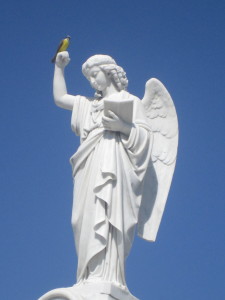
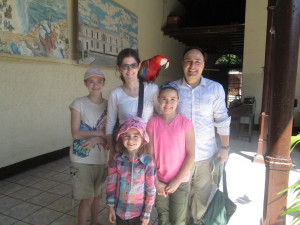
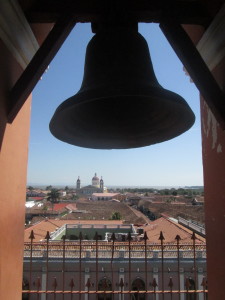
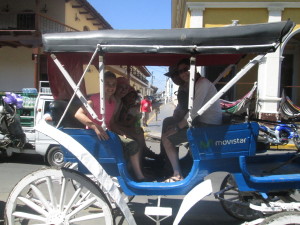 We did break off before the next museum, choosing a horse-drawn carriage ride around the city instead. Our driver initially stopped at most of the places we’d already visited with Richard, but the girls just took the opportunity to get out and pet the horses (who incidentally were named “Mercedes” and “Benz”). He also brought us down to the shore of the lake, where powerful winds swept into the city and whipped the water into whitecaps (making me glad we’d decided to skip the rather expensive boat tour later that afternoon).
We did break off before the next museum, choosing a horse-drawn carriage ride around the city instead. Our driver initially stopped at most of the places we’d already visited with Richard, but the girls just took the opportunity to get out and pet the horses (who incidentally were named “Mercedes” and “Benz”). He also brought us down to the shore of the lake, where powerful winds swept into the city and whipped the water into whitecaps (making me glad we’d decided to skip the rather expensive boat tour later that afternoon).